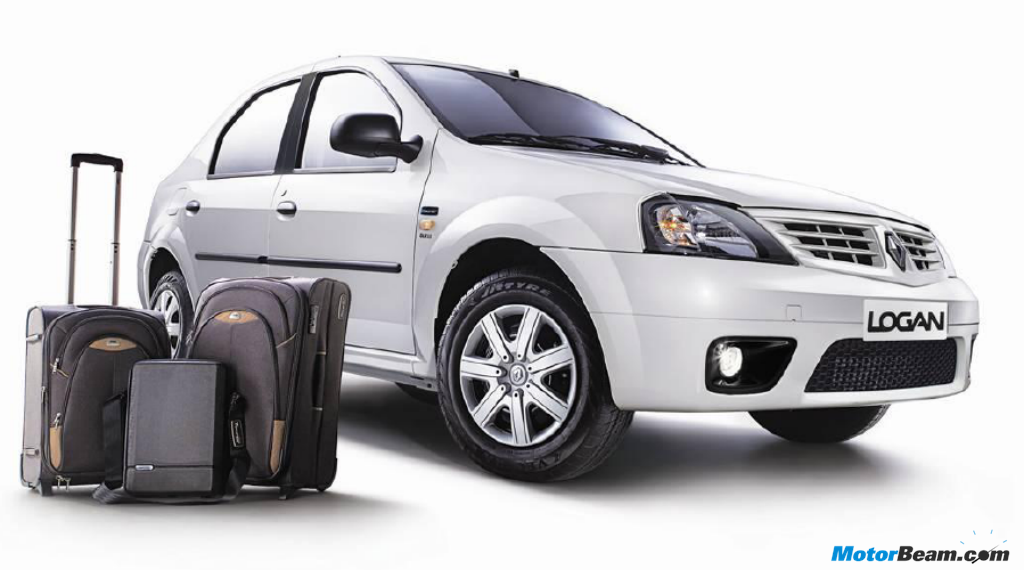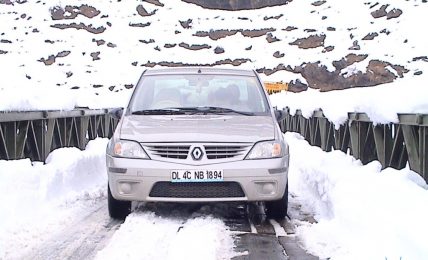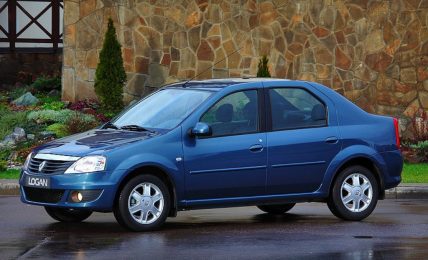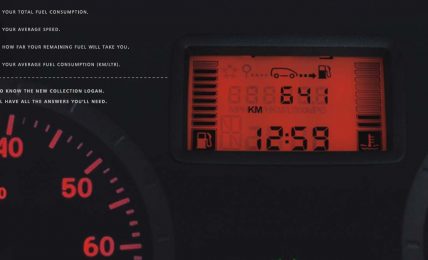
In 2004, Romanian automaker Dacia came out with a compact sedan called the Logan. It is a no frills car that was designed for developing markets that needed a bare bones car that was cheap and got the job done. India fell squarely into this bracket and seemed the obvious choice as it had a population of 1.3 billion people in need of cheap and effective transportation. However, neither Dacia nor its parent company Renault had a dealership network in India.
So in 2007, Renault signed a partnership with Mahindra and Mahindra Renault Limited (joint venture) was born. Mahindra owned 51% of this venture while Renault owned 49%. Mahindra Renault Limited constructed a manufacturing plant in Nashik and started the production of the Logan in earnest. It was an ideal partnership then. Technology from Renault and the dealership and service network of Mahindra. Both companies would benefit tremendously. Renault was slowly entering into the Indian market and Mahindra, which had only sold SUVs and farm equipment like tractors up until then, was selling its first sedan.
However, the Logan was doomed to fail since the very beginning. In 2006, the Government of India restructured its automotive taxes. Now cars under 4-metres fell into a different tax bracket than those over 4-metres. Sub 4-metre cars paid 10% taxes as opposed to cars longer than 4-metres, which paid 22%. This was a severe blow for the Logan whose length was marginally greater than 4-metres, especially since all its rivals were established in the market and were going the sub 4-metre route in their next generation.
Sales took a huge dip in the subsequent years. The Logan sold 28,000 units in 2008, its first year, and the number fell to 5000 units by the end of 2009. It was one of the biggest failures of recent times. By 2010, demand for the Logan all but died down, with taxi companies being the sole consistent customers for the Logan. Apart from the high price, the rather uninspiring design was also a major reason for the failure of the Logan. One look at the car and it was clear that the designers had favoured function over form.
Everything worked, but the cost cutting was apparent. From the quality of the plastics to the fact that the window switches were located on the dashboard to reduce wiring to the doors, everything was intended to lower the price. This formula might have been successful in Europe, where the Logan was an entry level car, but in India it was a failure. This combined with the fact that many of the parts for the Logan including, but not limited to, the engine had to be imported from Europe, drove the price up, defeating its very purpose. Especially since competitors like Maruti Suzuki and Hyundai were offering much better value with better designed, more ergonomic cars that also cost less. Rivals like the Swift DZire and the Ford Ikon were priced more aggressively, and Tata Motors cut short the Indigo and made the Indigo CS to take advantage of the tax laws. All this affected the sales of the Logan.
By 2010, Renault decided that this venture was no longer in its best interest and opted out. Mahindra offered to buy Renault’s 49% share and took over the venture. The Logan was not a terrible car. In fact, it had excellent build quality, a stellar ride, a beautiful engine and oodles of space, the very reasons it was so popular with taxi companies. All it needed was better overall packaging. Mahindra released a facelifted version of the Logan, which they named Verito. It addressed many of the Logan’s shortcomings, including moving the window switches to the doors. A sub 4-metre hatchback version of the Verito, called the Verito Vibe was also released. But the damage had already been done. The car had also gained the dreaded ‘taxi’ image which has plagued many cars in the Indian market. Sales did pick up a little bit post facelift, but never reached expectations.
Mahindra’s tactics to market it with stuff like ‘Verito Man’ didn’t work either. However, the Logan experiment was positive for both Mahindra and Renault as the latter learned a lot in terms of manufacturing while Renault got a good insight into Indian customers, paving the way to enter the country solo and launching its first car, the Fluence in the country, followed by the Koleos and Pulse which was followed by the blockbuster Duster in 2012.





